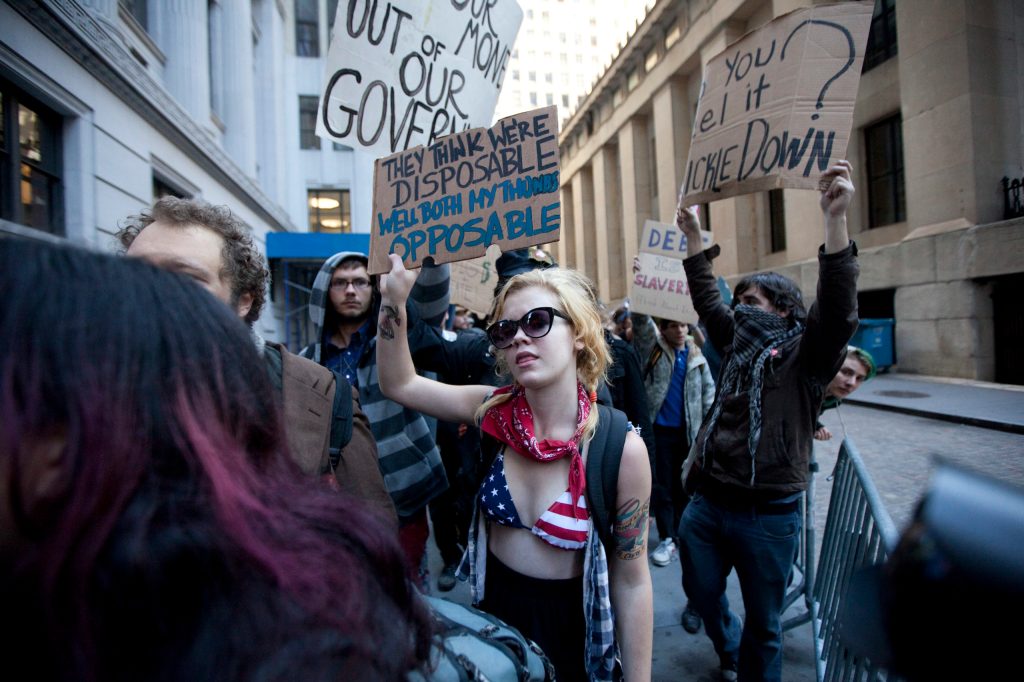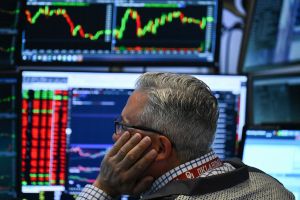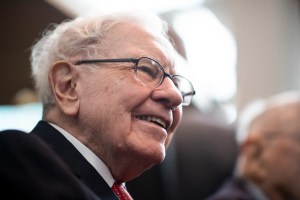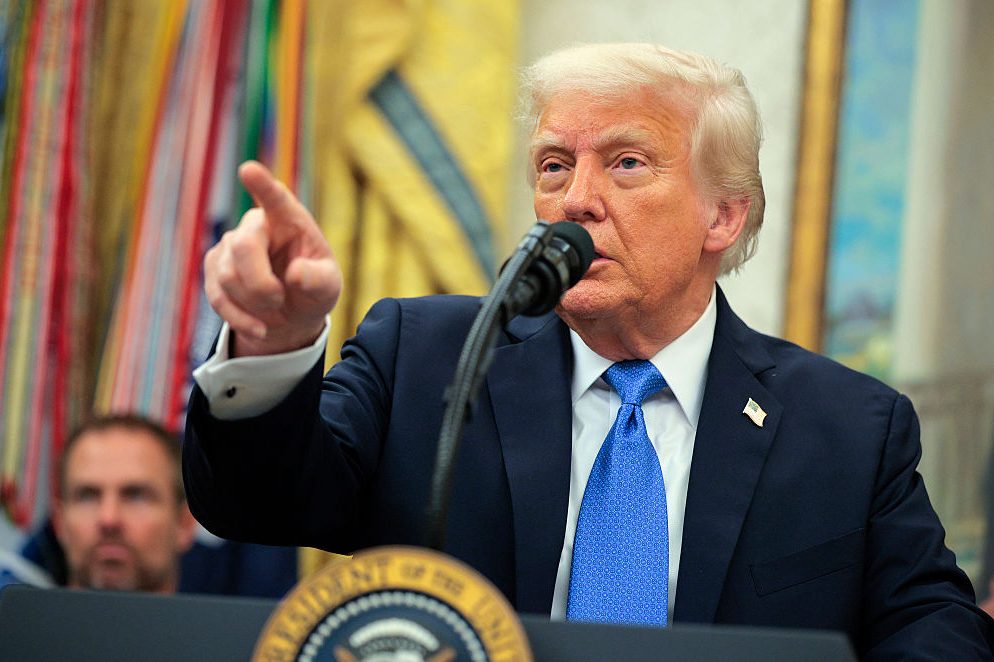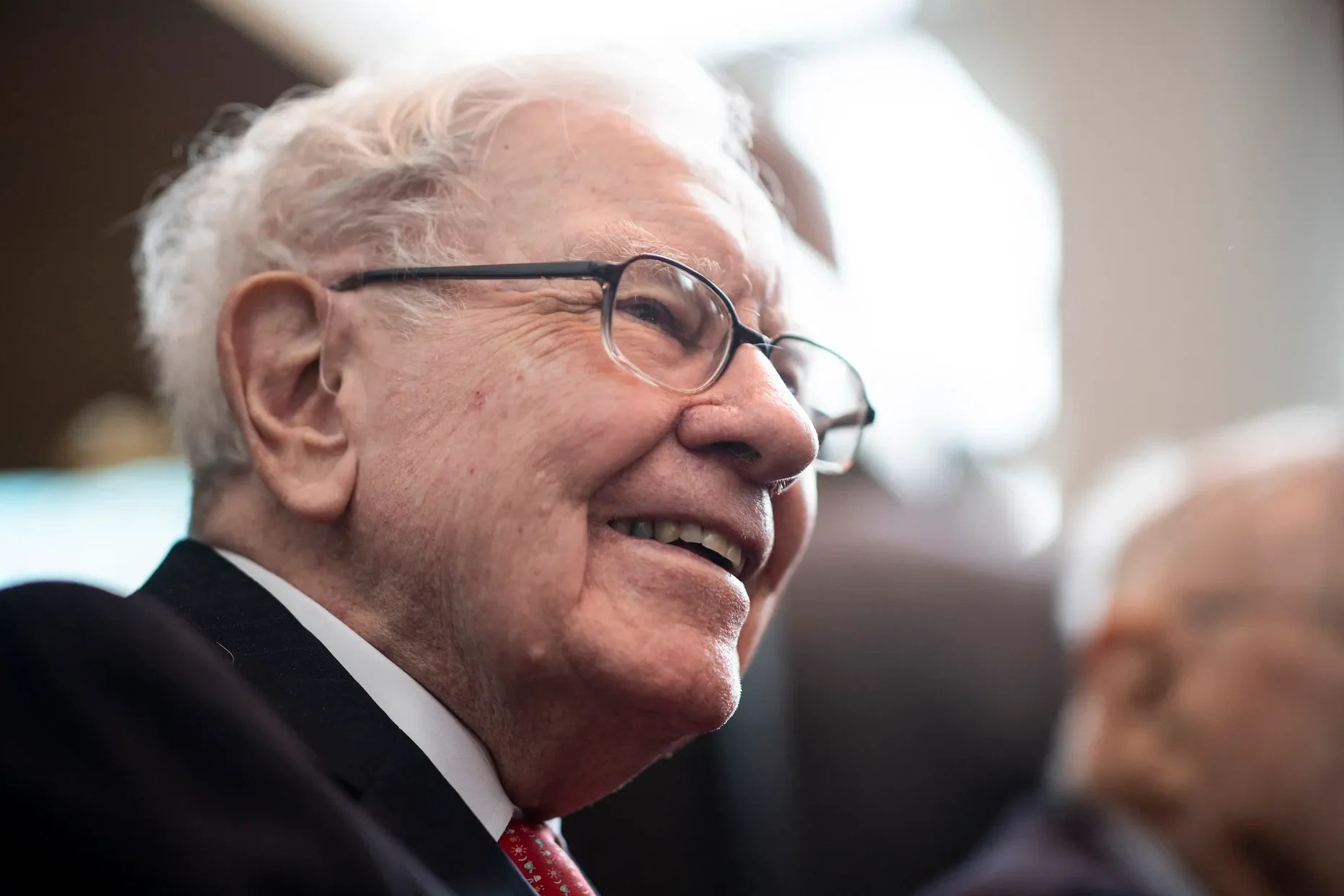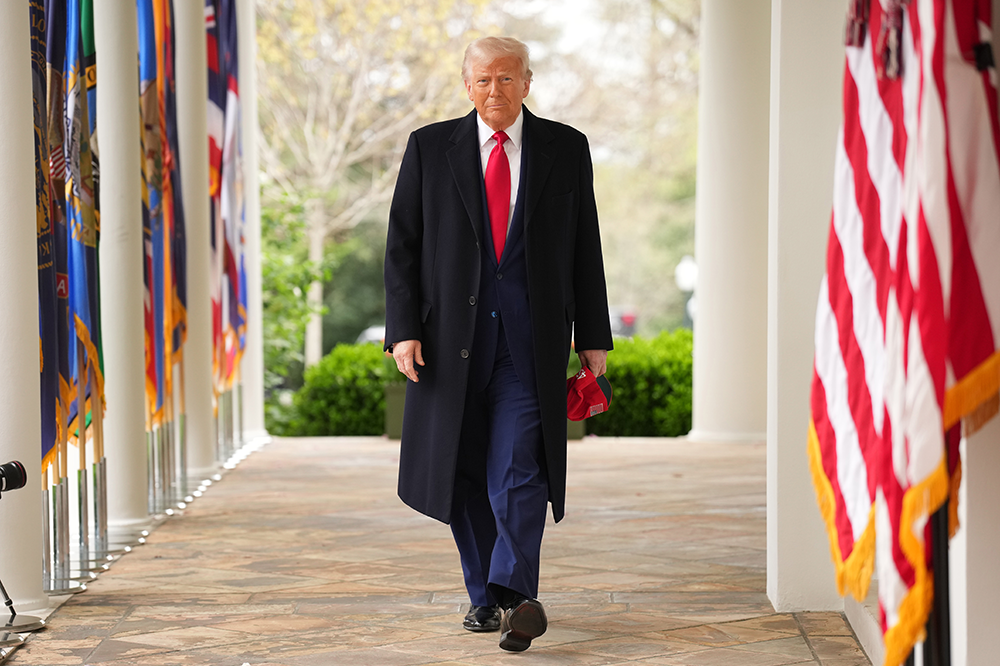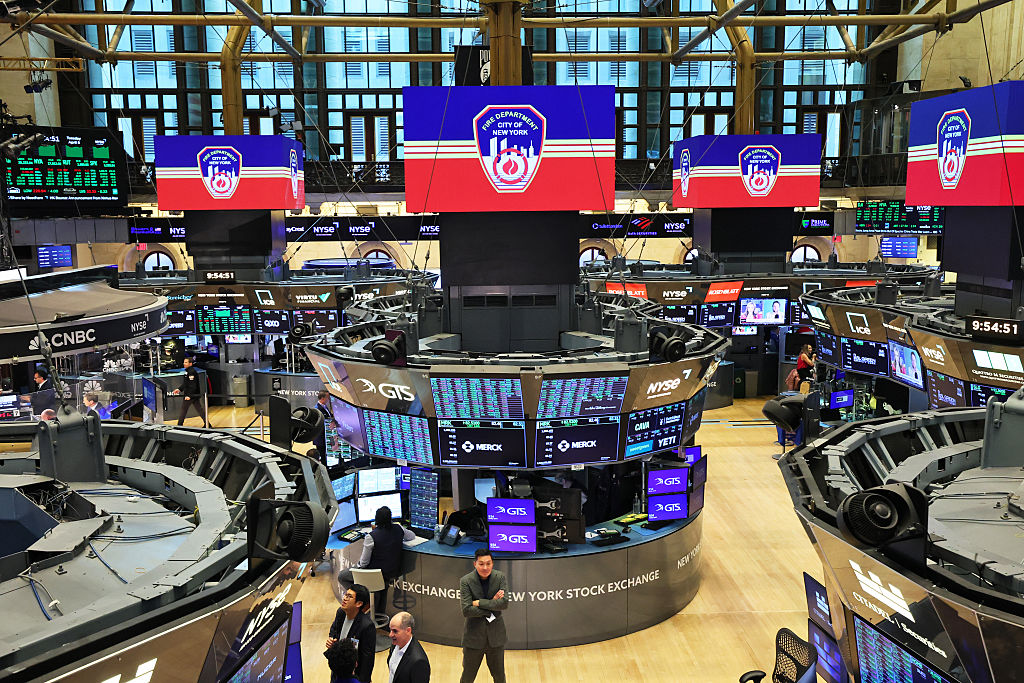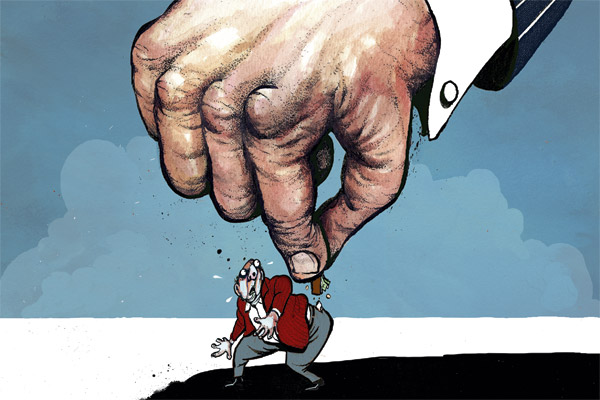Amid the slew of articles commemorating the 10th anniversary of the financial crisis there has been a curious silence about the role played by the Occupy movement. And Occupy did play a key role in developments, though not at all in the way its leaders intended.
For a few months in 2011-12, Occupy had the attention of the world. In New York and London, as well as other financial centres, salaried workers in the financial sector brought food and goodwill (and quite a lot of money) to the anti-capitalist protesters huddled in makeshift camps in St Paul’s churchyard and Zuccotti Park near Wall Street
It is an extraordinary irony of history that it was partly thanks to Occupy that bankers and allied trades were eventually allowed to continue pretty well unhindered – paying themselves big bonuses and imperilling the entire capitalist system – just as they still are today.
It was not until a couple of years after the near-financial meltdown of 2008-9 that Occupy Wall Street took shape. Its organisers, like many of us, had stood expectantly by, waiting to see the perpetrators of the enormous financial scam taken in to police custody for questioning, on charges like fraud and embezzlement. Given the size of their pay packets and the clearly Ponzi-like nature of the financial instruments they had created, we were expecting large fines and widespread jail terms.
It became increasingly clear that this was not going to happen. I was in London working on the fringes of a group that eventually became Occupy St Pauls run out of Passing Clouds, a venue in Richmond Road, Dalston. Our frustration was mounting – not only were the City of London and Wall Street evading all attempts at reform, there was no sense that justice would ever be done (there still isn’t). Few if any bankers had been fired.
After some sporadic early versions of the protest occupations, a group of 2,000 moved into Zuccotti park in downtown Manhattan under the slogan ‘We are the 99 per cent’, although 99.99 per cent would have been more accurate. The movement spread to London, Los Angeles, Philadelphia and Washington DC.
Three weeks later, during an 6 October 2011 news conference, President Barack Obama said of the Occupy movement, ‘I think it expresses the frustrations the American people feel, that we had the biggest financial crisis since the Great Depression, huge collateral damage all throughout the country…and yet you’re still seeing some of the same folks who acted irresponsibly trying to fight efforts to crack down on the abusive practices that got us into this in the first place.’
The turning point came the following Tuesday afternoon. Perhaps emboldened by their Presidential mention, the Occupy protesters went on a march around New York against ‘the rich.’ The original name of the movement had been ‘Occupy Wall Street’ but within a few days, the organisers had changed the name to just ‘Occupy’ – and instead of focusing on the financial elite, they chose to broaden the protest out to encompass the entire gamut of the wealthy – from finance to farming, tech entrepreneurs to lottery winners.
The new protest was launched on October 11 with a stroll around the upper East side of Manhattan, populated by many of the wealthiest families in America. They called it the ‘Millionaires March’, and shouted slogans like ‘tax the rich’. They paused outside the homes of media mogul Rupert Murdoch, and oil tycoon David Koch – thereby transforming their protest against financiers into an assault on all the wealthy.
It was the first time that specific non-financial names had been singled out and the financial community may, at this point, have breathed a collective sigh of relief. They had been terrified by Occupy, and dedicated tens of millions through various slush funds towards PR campaigns to counter it.
We now know that at least some of the millions spent on PR was directed towards infiltrating Occupy. I have sometimes wondered whether it was a devious PR man who first ordered his agent provocateurs to redirect the anger from the financiers in particular, to the rich in general.
What Occupy failed to appreciate was exactly how furious ‘the rich’ actually were with the bankers. After all, it was the rich who had the most to lose from the absurd, self-interested, bonus-inflating shenanigans known as collateralisation of debt, perpetrated by the financial community. It was workers in the financial sector who got away with over a trillion dollars in bonuses which it would later turn out were unjustified. By lumping them all together, Occupy made Wall Street’s job much easier.
Perhaps it doesn’t much matter why it happened, only that it did happen. By switching their attack from the financial community to the rich, Occupy managed to achieve what no other political group had done – to reunite the bankers with the rest of the class of wealthy people and their families. They were all under attack together
Had they stayed focused on the financial elite, Occupy would have had continued to garner support from the real wealth producers of society, and by now the financial system would very likely have been properly reformed. As it was the natural desire of the wealthy non-financiers to rein in their banking buddies was subverted by the people who thought they were going to change the system. They ended up preserving it.
Seven years later, there are still lessons to be learned. In Britain, Labour’s slogan ‘For the many not the few’ shows it has not forgotten the 99 per cent. Theresa May says she will tax rich foreigners buying property in the UK. Jeremy Corbyn says he will tax holiday homes in the UK. But neither of those policies drill down tightly on the sector that caused the damage, and continues to do so. Even if statute of limitations time limits have been exceeded, it may still be possible to confiscate assets from individuals in the financial sector who got away with the financial pillage which the rest of us are still paying for.



